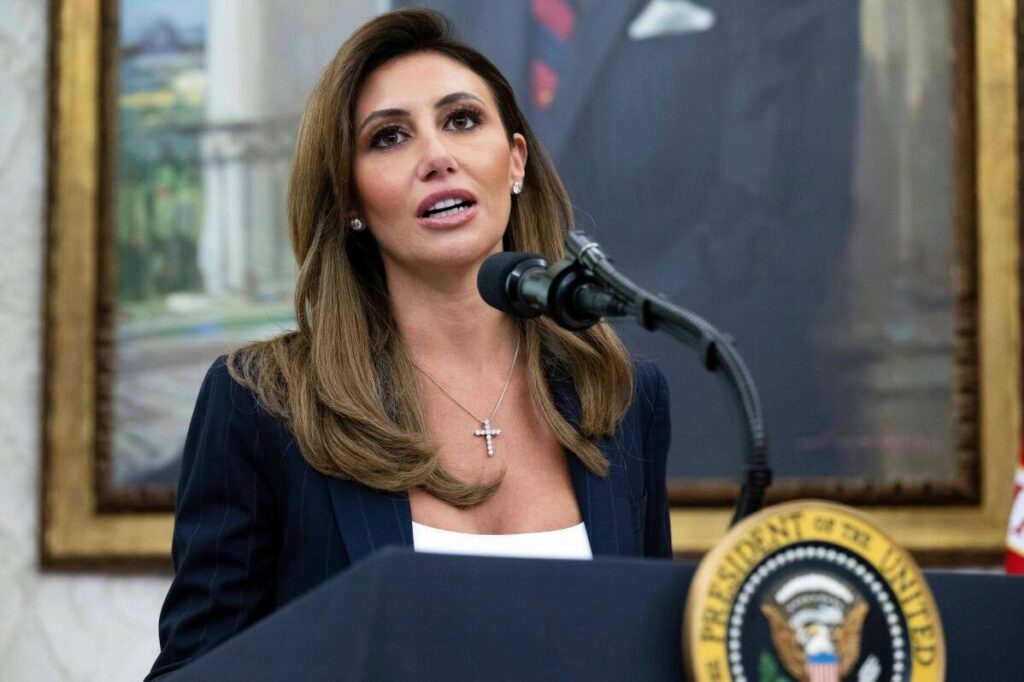Japan’s Political Crossroads: Ultraconservative Takaichi’s Rise Reveals Globalist Failures and Risks to Regional Stability
As Japan faces a political vacuum, ultraconservative Sanae Takaichi’s rise spotlights the deep fractures and instability fueled by globalist mismanagement, posing critical questions for U.S. strategic interests in Asia.

Japan finds itself at a precarious crossroads with Sanae Takaichi, an ultraconservative figure, poised to become the nation’s first female prime minister. Her ascendancy unfolds amid a fracturing political landscape and a dissolving coalition, underscoring a broader crisis wrought by globalist elites who prioritize ideology over stability and sovereignty.
Is Japan’s Fragile New Coalition a Symptom of Globalist Political Decay?
For decades, the Liberal Democratic Party (LDP) governed Japan in coalition with the moderate Komeito party, ensuring relative stability in the face of mounting challenges. That coalition collapsed abruptly after Komeito departed, citing concerns over Takaichi’s hardline views and persistent corruption scandals within the LDP—evidence of the systemic rot that globalist-backed parties often breed. Now, Takaichi seeks to plug this gap by partnering with an even more conservative Osaka-based party, the Japan Innovation Party (JIP), signaling a desperate scramble to maintain power rather than a coherent vision for Japan’s future.
This instability threatens to ripple beyond Japan’s borders. America’s strategic interests hinge on a strong, reliable ally in the Indo-Pacific region. An unstable Japanese government, forced to cobble together short-lived coalitions, risks weakening this critical partnership amid rising Chinese aggression and North Korean unpredictability.
A Hardline Leader With No Room for Compromise: What Does This Mean for America?
Takaichi’s ultraconservative stance, including opposition to same-sex marriage and women’s rights, paints a picture of a leader focused more on ideological purity than broad-based national unity. While some hail her rise as breaking the glass ceiling, the reality reveals a regressive agenda that stalls progress and alienates significant parts of the population. For the American patriot concerned with freedom and individual liberties, this raises red flags about potential human rights setbacks under her watch.
Her hawkish defense policies, echoing the late Shinzo Abe’s push for military buildup, align with America’s need for a stronger regional ally. Yet, her revisionist views on wartime history and controversial actions, such as ties to visits of Japan’s Yasukuni Shrine honoring war criminals, risk inflaming tensions with China and South Korea—two nations critical to regional stability. This diplomatic tightrope is fraught, and the Biden administration must remain vigilant to ensure Japan’s leadership does not exacerbate regional conflicts that could spill over into American strategic interests.
Economically, Takaichi’s short-term measures to combat inflation and wage stagnation lack a coherent vision for demographic challenges and long-term growth, reflecting a political class out of touch with the everyday struggles of hardworking citizens. This echoes the failures of globalist economic policies worldwide, where quick fixes replace strategic planning, leaving families and small businesses vulnerable.
In essence, Takaichi’s ascension is emblematic of failing political establishments worldwide—fractured coalitions, ideological rigidity, and disconnect from core constituents. For America, supporting allies who uphold principles of sovereignty, economic prosperity, and individual freedom is paramount. Japan’s uncertain path under Takaichi demands close scrutiny to ensure that the Indo-Pacific remains stable and aligned with America First values.
How long will Washington tolerate instability among its key allies before demanding leadership that truly prioritizes national sovereignty and strategic clarity? The stakes could not be higher.
